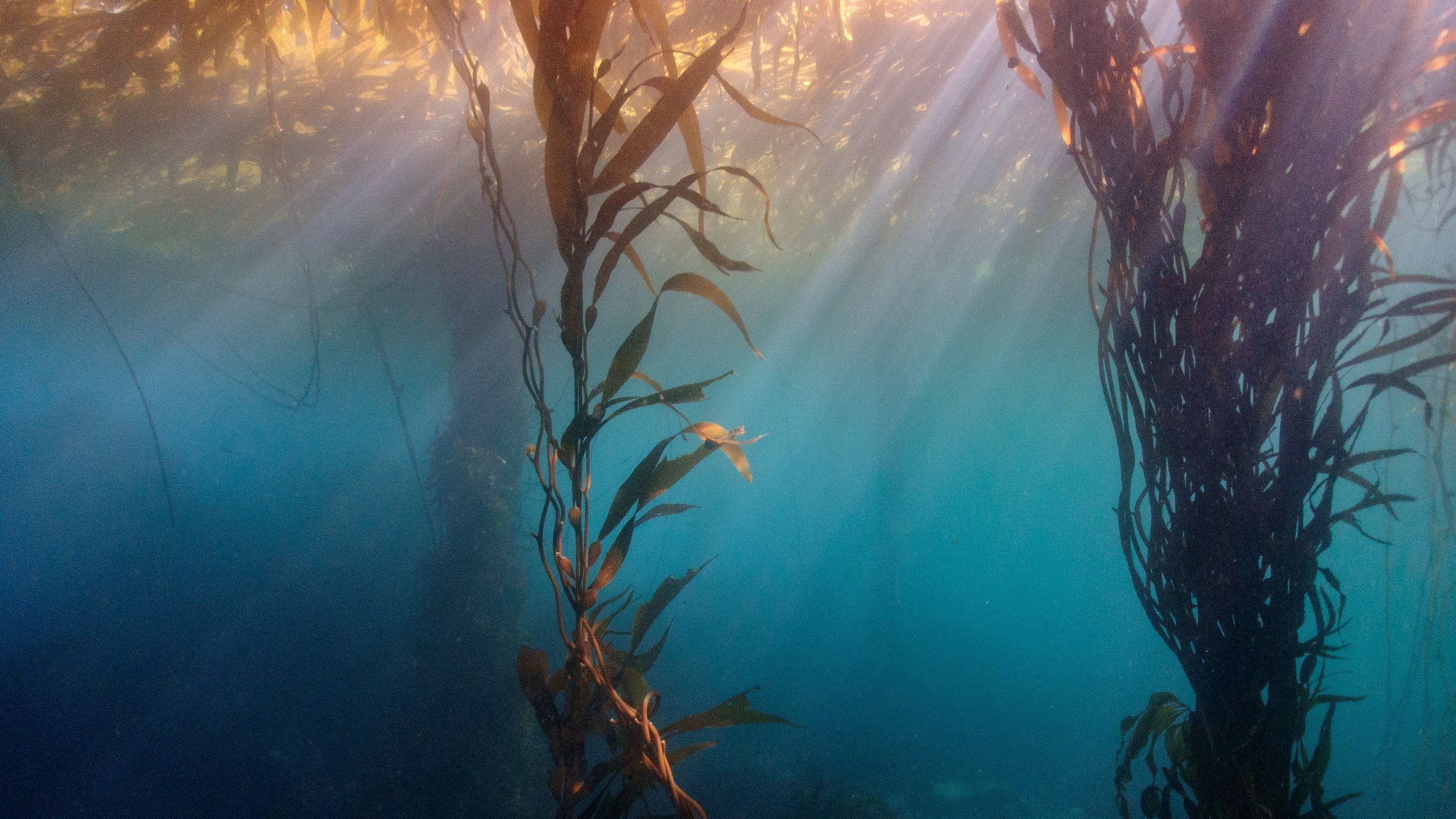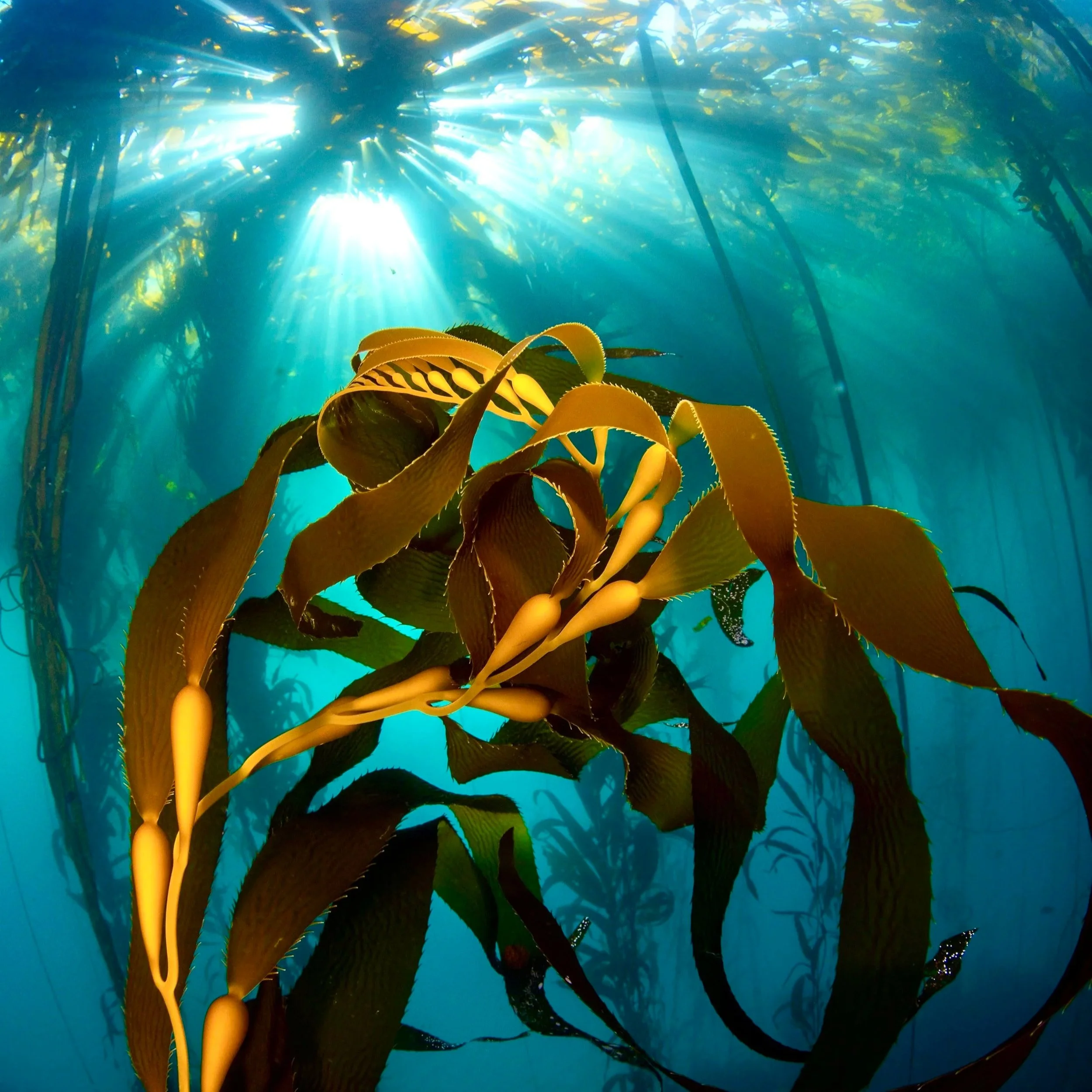
Restore the Sunflower Star
Save our Kelp
We are growing and researching sunflower stars while leading the recovery of this keystone species
In 2013, sea star wasting syndrome (SSWS) began devastating sea star populations along the west coast of North America, with sunflower stars (Pycnopodia helianthoides) becoming locally extinct in the shallow coastal waters where they served as a keystone predator, protecting kelp forests from overgrazing by urchins. Since then, many complex kelp forest ecosystems have become low-biodiversity urchin barrens. In collaboration with universities, aquariums, and research laboratories, Sunflower Star Laboratory aims to develop methods and mobilize resources to grow sunflower stars at the scale needed for recovery.
Kelp Forests Benefit Humanity & the Planet
Kelp forests are the home of many species that depend on them for survival. They are shelters and hunting grounds for otters, sea lions, fish, seabirds, and occasionally whales. They feed abalone, juvenile smelt and herring, and other commercially important species. They capture carbon, produce oxygen, reduce ocean coastal erosion, delight divers, and attract residents and tourists to the Pacific Coast.
Our Organization
Find out about our mission to restore the sunflower star and
save our vanishing kelp forests.
Take Action
Ready to help restore this keystone species and
protect vital kelp forests?





